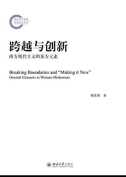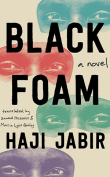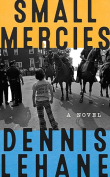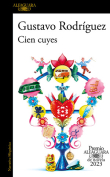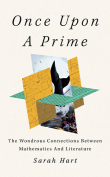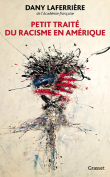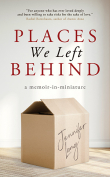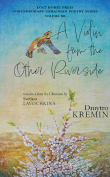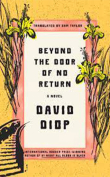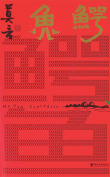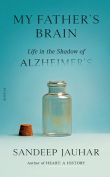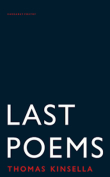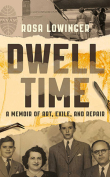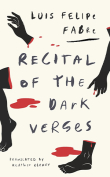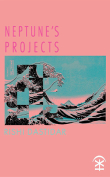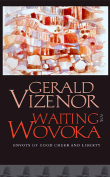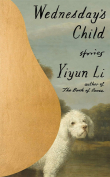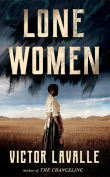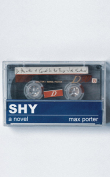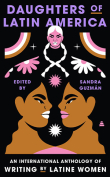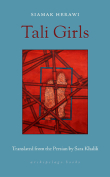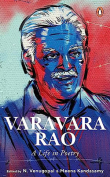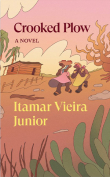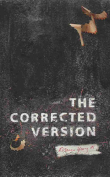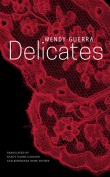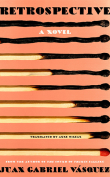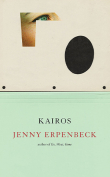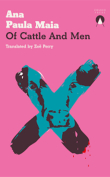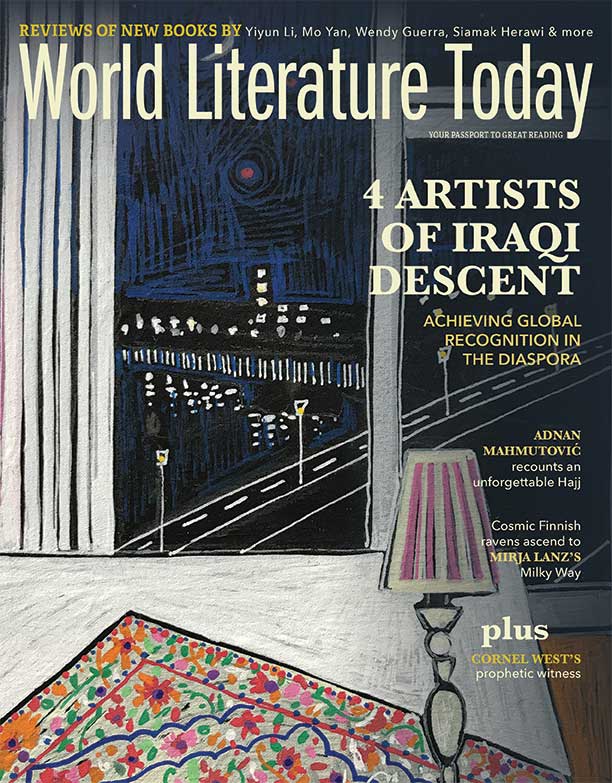Dwell Time: A Memoir of Art, Exile, and Repair by Rosa Lowinger
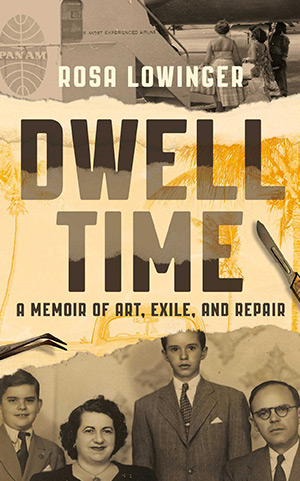 New York. Row House. 2023. 339 pages.
New York. Row House. 2023. 339 pages.
In the field of art conservation, the term “dwell time” describes the time in which it takes for a cleaning product to work on a targeted material. As art conservator Rosa Lowinger writes in her new book, Dwell Time: A Memoir of Art, Exile, and Repair, the term can also refer, for instance, to the duration one lives in a certain place or waits to get into a country. Lowinger covers these issues, namely her early childhood in Havana, her family’s exile, and her return to Cuba as an adult, all while recounting her stellar rise in art conservation.
Lowinger’s family roots in Cuba do not go back very far—about four decades—yet her parents fully embraced Cuban culture. They spoke Spanish at home, even decades after they went into exile in Miami. Lowinger’s mother, Hilda, was named after Caridad, the patron saint of Cuba. Her father, Leonardo, was called Lindy and was also born in Cuba. Both sets of grandparents, however, were Romanian Jews born in the old country. In the 1920s, it wasn’t unusual for eastern European Jews to yearn for a better life in goldene medinah, the Yiddish term for the golden land of the United States, but restrictive, xenophobic immigration laws made it much more difficult for Jews to enter Ellis Island than had been possible a couple decades earlier around the turn of the century. It was easier in the 1920s to get to Cuba, which was rarely viewed as a final destination and instead a stepping stone to the US as travel between those two countries was frequent and easy. Jews who landed in Havana usually made it to the US within six months. Lowinger’s grandfathers on both sides were the exception and stayed in Cuba.
Life was not easy, but not because Cuba wasn’t a refuge for Jews, both Ashkenazi and Sephardic. Lowinger’s maternal grandmother died three weeks after giving birth to her mother, Hilda. Relatives took in Hilda for several years but couldn’t take care of her for the long term. They sent young Hilda to a Jewish orphanage in Cuba that was part of an Ashkenazi women’s home at a time when she was just old enough to start forming lasting memories. She never got over the abandonment of her deceased mother and the father who could not take care of her. These abandonment issues would affect the way Hilda treated her daughter and husband, often hitting Lowinger in front of friends and threatening to leave her husband, Lindy.
Lowinger likens her family drama to the different materials she works with as an art conservator, and she names each chapter in her memoir after one of these materials. As she writes in the beginning of her book, conservation is the art of understanding damage, whether it’s in a painting, mural, fresco, statue, or building. In the chapter on plastic, Lowinger points out that this material is unique because it is relatively new and art conservators still do not fully understand how plastics behave over time. She finds this a fitting analogy for her relationship with her parents.
When the Lowingers left Havana in 1961 for Miami, they did not follow most other exiles to what became Little Havana, the enclave known for its anti-Castro fervor. Instead, they settled in Miami Beach with other Cuban Jews. Hilda reunited with her best friends, and Lindy found work in optometry, his field back in Cuba. Yet they struggled to make ends meet and were protective of Lowinger. She’s surprised when her parents allowed her to leave home for college in the Northeast.
As an undergraduate at Brandeis, Lowinger knew nothing about art conservation, although she studied art, often switching her concentration. Hilda and Lindy, like many immigrant parents, worried Lowinger was wasting her time—and their money—by studying something they viewed as frivolous. It wasn’t until a professor suggested Lowinger try art conservation that she went into this field. She often doubted herself, in part due to her mother’s constant belittlement and because she did not have a chemistry background, which is central to conservation. It became apparent when Lowinger was in graduate school at New York University that she understood chemistry just as well or even better than her classmates.
But her opportunities were limited. She needed to find a summer internship in graduate school and was not hired at the New York museums, where her classmates found positions, so she looked overseas at archaeological sites. For Jewish students in the late 1970s, the choices were slim as they were barred from working anywhere in the Middle East apart for Israel. So Israel was where Lowinger ended up, even though the archaeologists at her dig site were not sure what to do with a conservationist.
Lowinger went on to run her own art conservation practice after she finished graduate school, which would take her back to Cuba during the periodo especial en tiempos de paz, or the special period after the collapse of the Soviet Union when Cuba lost its main trading partner. Lowinger connected with the Jewish community in Havana, which led to numerous conservation projects that continued until just before the beginning of the pandemic.
Although Lowinger tells of her trips to Haiti and other places struck by devastating earthquakes, her work in Cuba remains the most fascinating in her memoir. It’s evident she holds a very special place in her heart for her birthplace, which shines through in her chapter titled “Terrazzo,” which are pieces of glass, quartz, glass, granite, or marble set into cement. “Terrazzo is robust, but it yields easily to gouges and cracks from settling or expansion. It’s hard to fix without leaving enormous scars. It reminds me of my family, those Eastern Europeans who left for America and found themselves settled in the tropics, only to be forced to bust out of their foundation within a few decades. It’s true of my profoundly damaged mother, who had the spark of inspiration and presence of mind to know when it was time to flee her country of birth but has a way of smashing relationships to smithereens.”
Susan Blumberg-Kason
Hinsdale, Illinois
